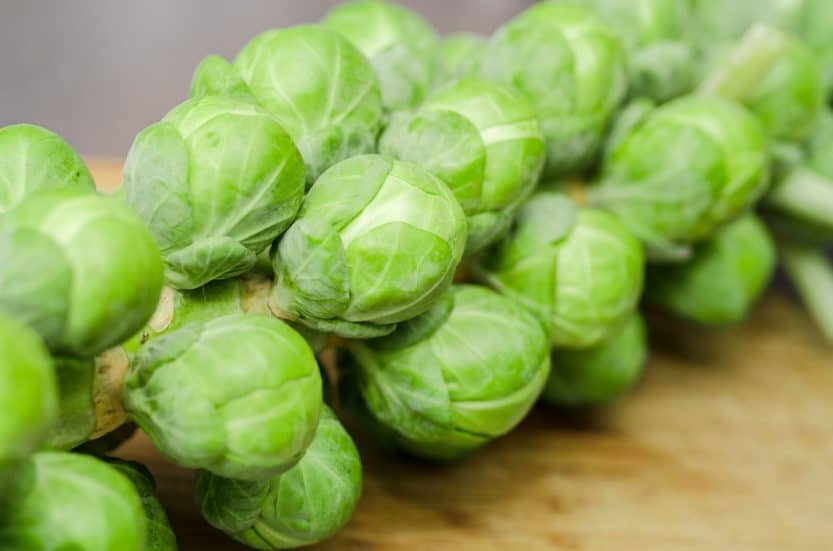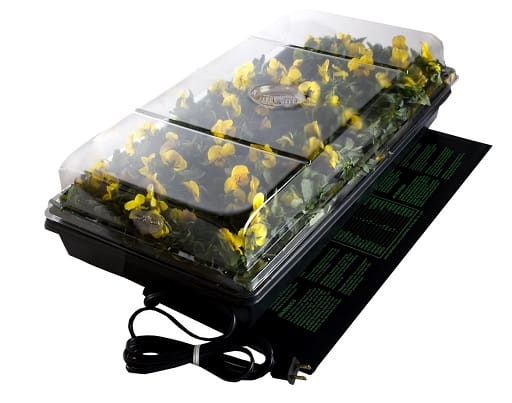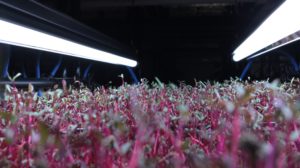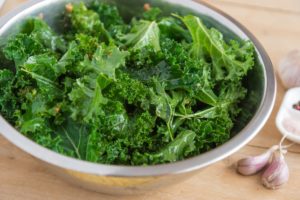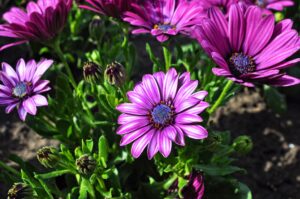Brussels sprouts are a member of the cabbage family and make an excellent cool weather crop. In essence, the small sprouts are miniature cabbage heads, growing along the stalk of the plant and providing all the nutritional benefits associated with cabbage. As with most members of the brassica family, Brussels sprouts are a very rich source of vitamin K, along with a smaller amount of certain B vitamins like folic acid and vitamin B6.
Buy Brussels Sprouts Seeds Online
| Image | Name | Rating | Shop |
|---|---|---|---|
 | Garden Starter Kit (Brussels Sprouts) | ||
 | 100 Brussel Sprouts Seeds Long Island Improved | ||
 | 200+ Rare Heirloom Brussel Sprout Seeds |
Brussels Sprouts Varieties
When purchasing seeds, you have a nice selection of varieties ranging from standard green sprouts, Purple sprouts and also Red sprouts. Some varieties have also been bred to tolerate certain environmental conditions and disease pressures, so if your area is one in which brassicas do not always do well, you may want to buy these improved versions.
Brussels Sprouts Growing Season
When planting Brussels sprouts, you must be sure that you have a long growing season, because it can take anywhere from 90 to 180 days for the sprouts to fully form. In most cases, it is best to start your seeds indoors in early spring to get a jump on the season, especially if early frosts are prevalent in your area.
Starting Brussels Sprouts Indoors
You can start your seeds in small pots or a heated seed tray (Buy Online) 4 weeks before you plan on putting them outdoors. Brussels sprouts require 2 to 5 days to germinate. If you are planning to sow your seeds directly into your garden, Brussels sprouts require an outside temperature of at least 50 degrees (10 C).
Planting Brussels Sprouts
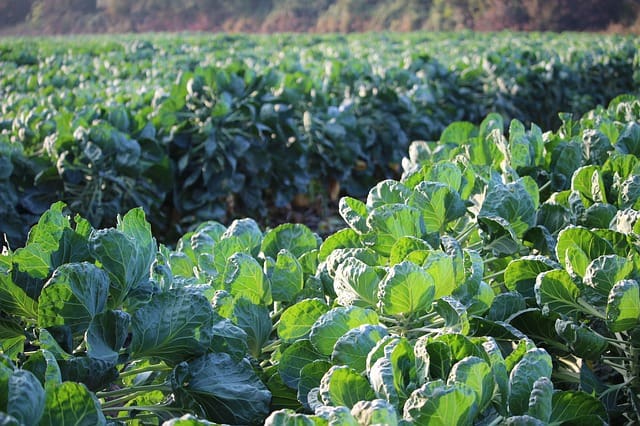
Two to three weeks before you plant your Brussels sprouts in the garden, you should prepare the soil by adding a generous amount of compost. Brussels sprouts also require a soil that is high in calcium, magnesium and boron; and, in most cases, adding these elements to the soil as you prepare the bed will lead to healthier more robust plants.
How Much Sunlight Do Brussels Sprouts Need?
For optimal growth, you should place your Brussels sprouts in an area that gets full sun throughout the day. In some areas, where the summers can be very hot, a location in partial shade can help protect the plants from heat stress with minimal effect on yield. Also make sure the soil has good drainage, as Brussels sprouts are prone to rot and molds.
Brussels Sprouts Plant Spacing
If you started your seeds indoors, you should start hardening your plants off about a week before you plant them in the garden. Once they are acclimated to the outdoors, you can plant them about 27 inches (68.5 cm) apart. While placing the transplants into the soil, you may notice that the stems seem a little weak and you can bury the plant up to its first set of leaves, in order to support the plant with no ill effects.
How Deep Do You Plant Brussels Sprouts?
On the other hand, if you plan on sowing the seed directly into the garden, then you should place a seed every 14 inches (35.5 cm), in order to offset any seeds that failed to germinate. After the seeds emerge, you can thin the beds down to a 27 inch (68.5 cm) spacing.
After planting, be sure to soak the soil deeply; and, thereafter, a daily watering for the next 5 to 7 days should help the transplants establish themselves with minimal wilting, allowing for your seeds to fully germinate.
Brussels Sprout Cultivation
When weeding your Brussels sprouts, you should be careful not to disturb the roots, as they tend to be shallow. It might be best to cut the weeds, at their base, instead of pulling them or cultivating the soil.
Brussels Sprouts Plant Care

How Much Water Do Brussels Sprouts Need?
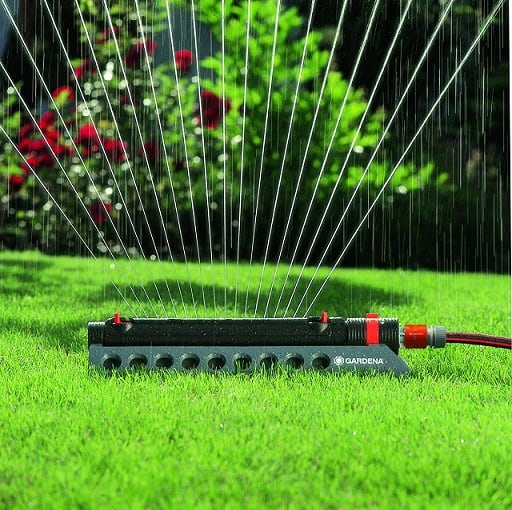
As the season progresses, Brussels sprouts will require a good deal of water, anywhere from 1.5 to 2 inches (3.8 to 5 cm) a week. Since Brussels sprouts do not like water-logged soil, you should evenly space out the days that you water, allowing for the soil to drain in between. During the season, the plants will need to be fertilized regularly with a high-nitrogen fertilizer.
Brussels Sprouts Fertilizer Requirements
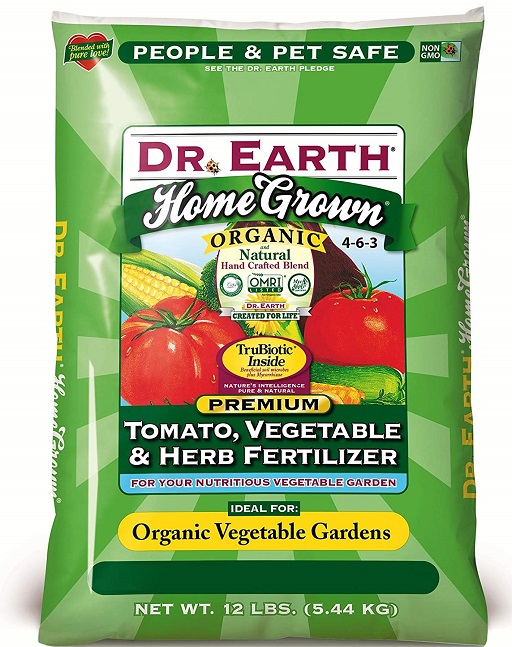
Apply a high-nitrogen fertilizer (Buy Online), every two weeks, up until the end of the season; and you can also use a weaker liquid fertilizer, every time you water, in order to maintain a steady supply of nutrients to the plants.
Brussels Sprouts Growing Tips
Depending on the variety of Brussels sprouts growing, you should cut off the growing tip of the plant about 30 days before the expected harvest date, as this will allow the plant to focus its growth on the Brussels sprouts and not on producing new leaves, which procedure will provide you with larger yields.
When Should I Harvest Brussels Sprouts?
When it comes time to harvest your Brussels sprouts, you should start to look at the bottom-most sprouts, in order to see if they are well rounded and firm to the touch. The sprouts should be anywhere from 1 to 1.5 inches (2.5 to 4 cm) in diameter.
How to Harvest Brussels Sprouts
You can begin picking the sprouts from the bottom of the plant, allowing the sprouts higher up more time to fully mature. In most cases, the plant will continue to develop up until the first frosts in your area. After the first frost, the sprouts will have a much sweeter flavor, so be sure not to pick too many sprouts from the plant early in the harvest period.
How to Store Brussels Sprouts
Brussels sprouts, unlike its larger relative the cabbage, might not store as long, so it is best to eat them shortly after harvest. You can also lightly blanch them and store them in the freezer if you would like to have access to them year round.


